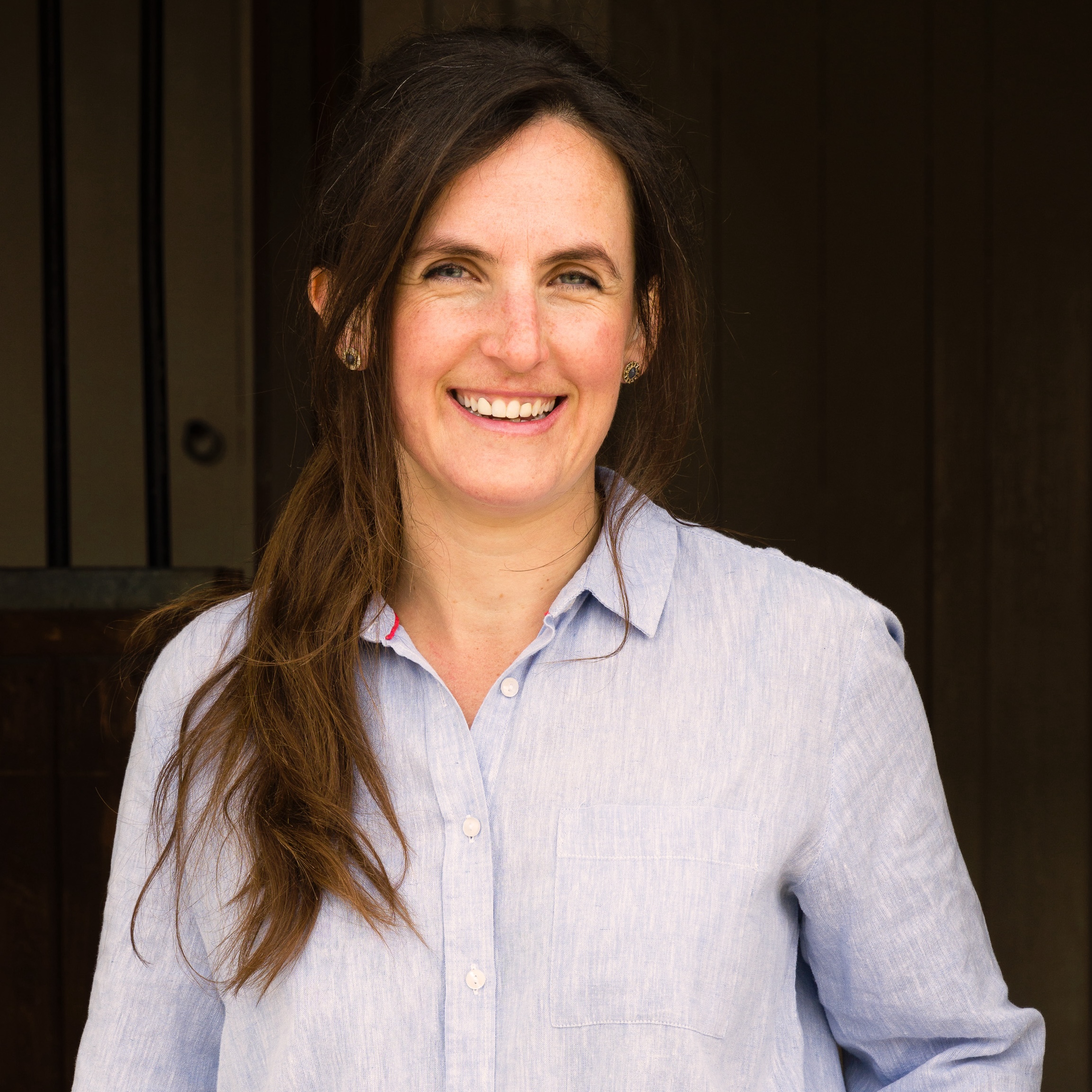How the Stevenson lighthouses saved the sailors of Scotland
The Stevenson family saved countless thousands of lives off the coast of Scotland with their network of hundreds of lighthouses — and their designs made life safer for sailors around the globe.

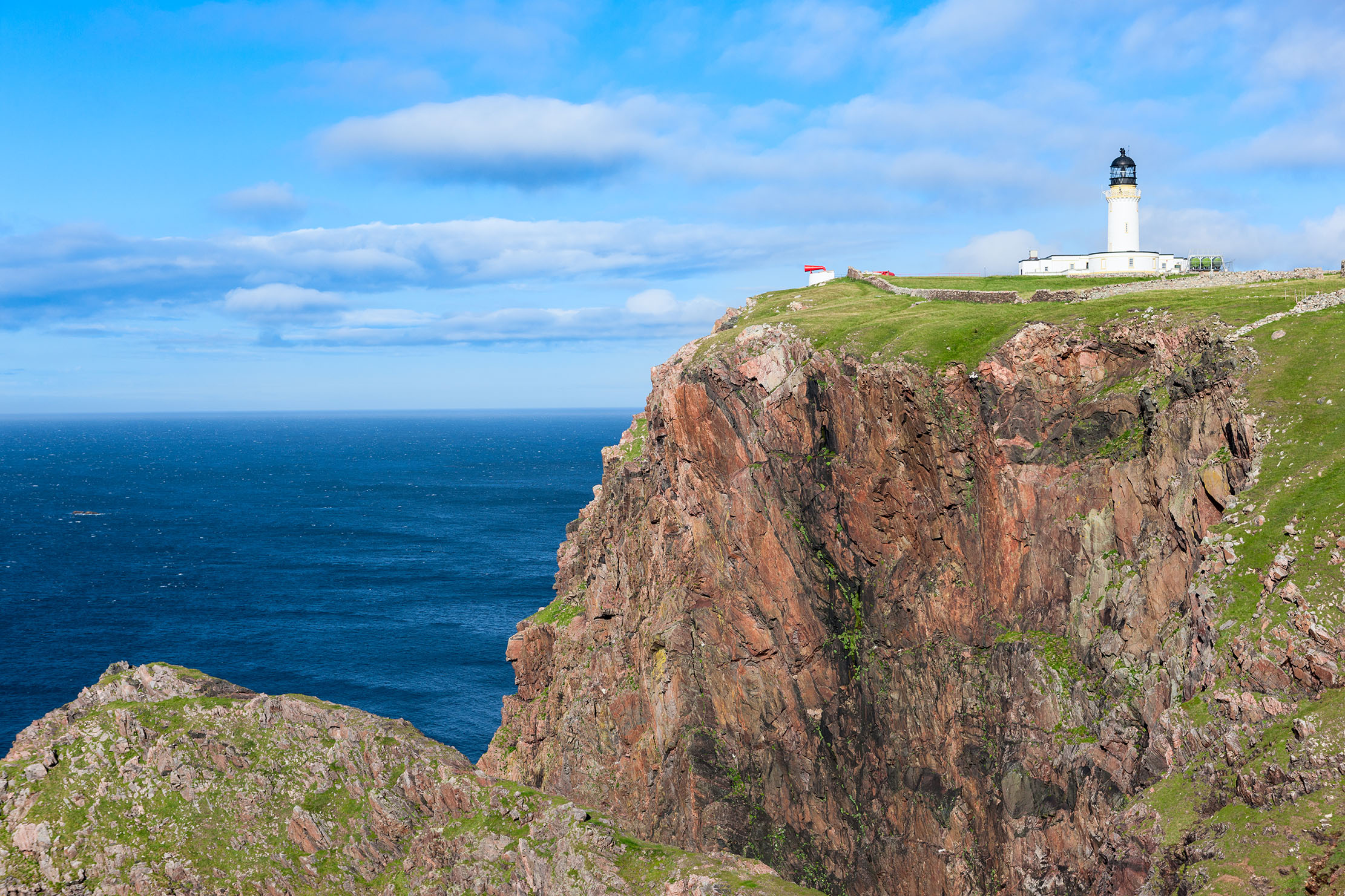
Lighthouses have saved countless vessels from being dashed upon rocks since the days of Pharos of Alexandria, one of the Seven Wonders of the World. Around Scotland, most of the 207 beacons that illuminate the coast were constructed under the aegis of one family: the Stevensons.
Robert Stevenson (1772–1850) began the tradition, encouraged by his engineer stepfather, Thomas Smith. As Smith’s apprentice, Robert supervised the construction of the Clyde Lighthouse in 1791, before joining the Northern Lighthouse Board — which still cares for Scotland’s lighthouses — to build Pentland Skerries.
From 1808–42, he served as Engineer to the Board, building, among others, Tarbat Ness, Isle of May, Calf of Man and Cape Wrath lighthouses, as well as working on roads, bridges and Edinburgh’s Melville Monument.
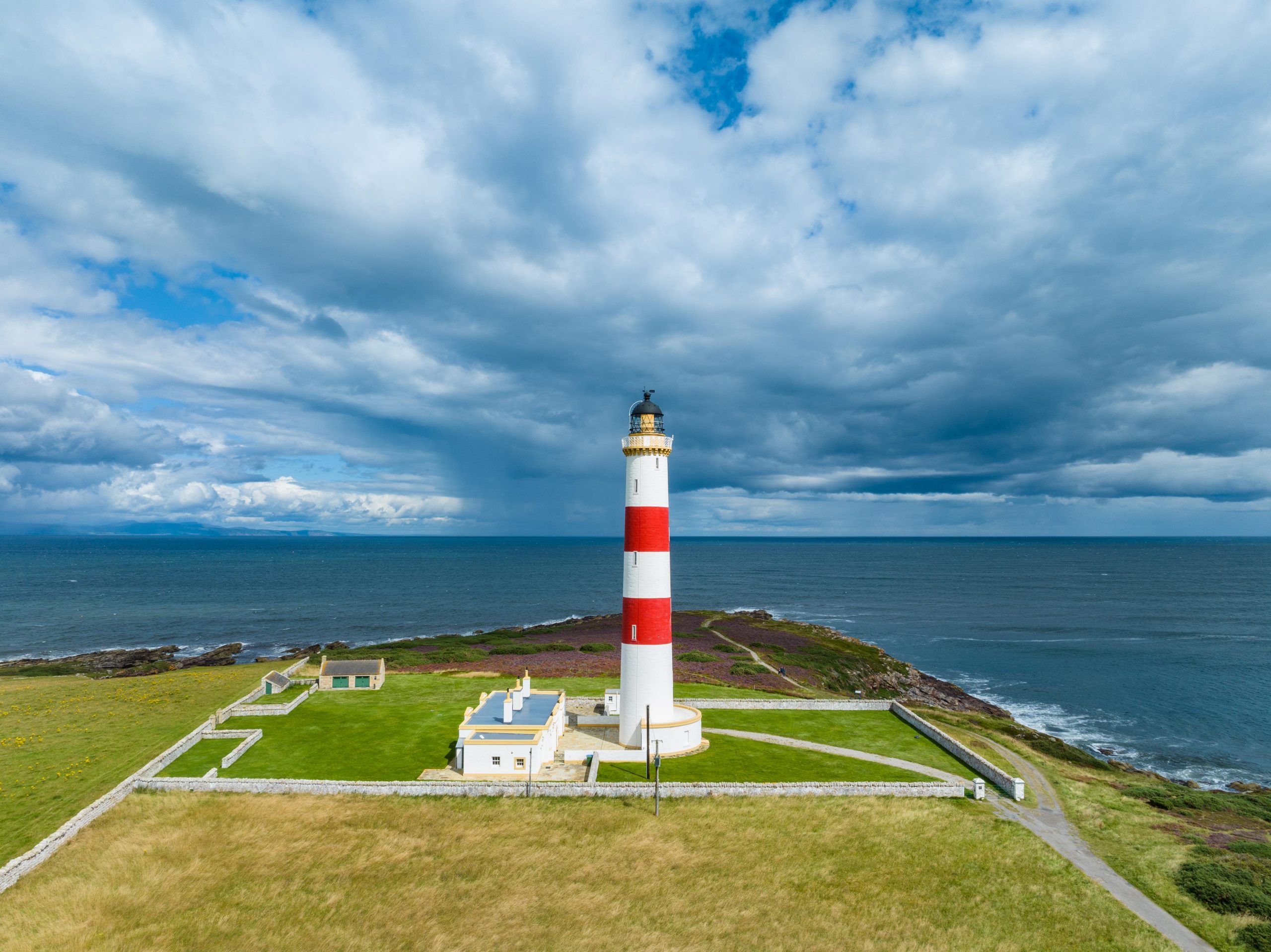
His greatest achievement was 115ft-high Bell Rock, the world’s oldest seawashed lighthouse, marking a treacherous outcrop off Dundee.
It’s a place which has inspired not just the thanks of sailors, but also artists (including Robert Stevenson’s daughter, Jane) and writers. Sir Walter Scott wrote a poem on visiting Bell Rock: (‘O’er these wild shelves my watch I keep/A ruddy gem of changeful light’) while J. M. W. Turner depicted the lighthouse during a storm.
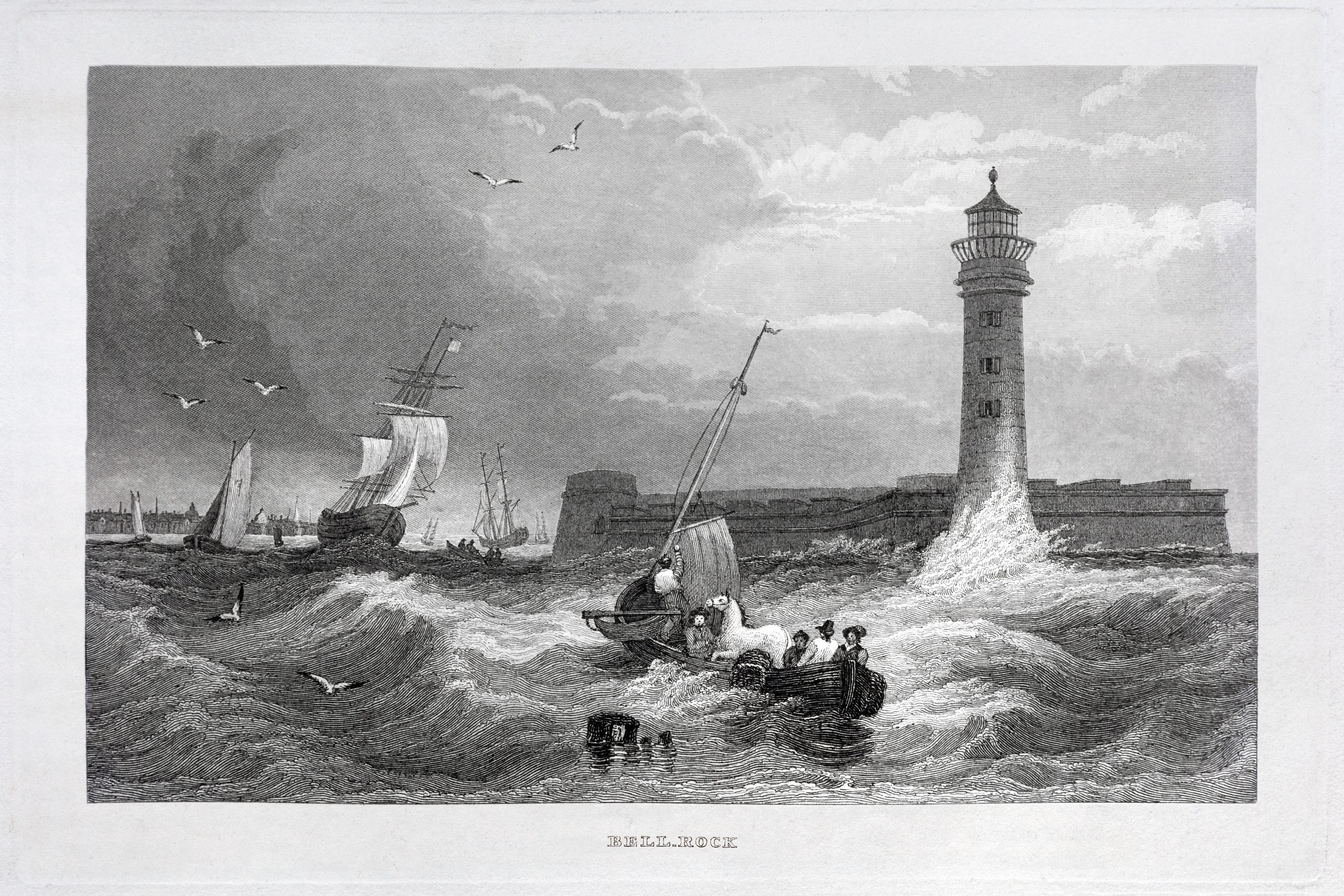
Stevenson and his wife, Jean, had 13 children, of whom five survived and three, Alan, David and Thomas, became lighthouse engineers; David’s sons, David and Charles, carried on the tradition. Thomas’s son, meanwhile, took a different route through life, albeit one which also involved seafarers: he was Robert Louis Stevenson, the author of Treasure Island and Kidnapped.
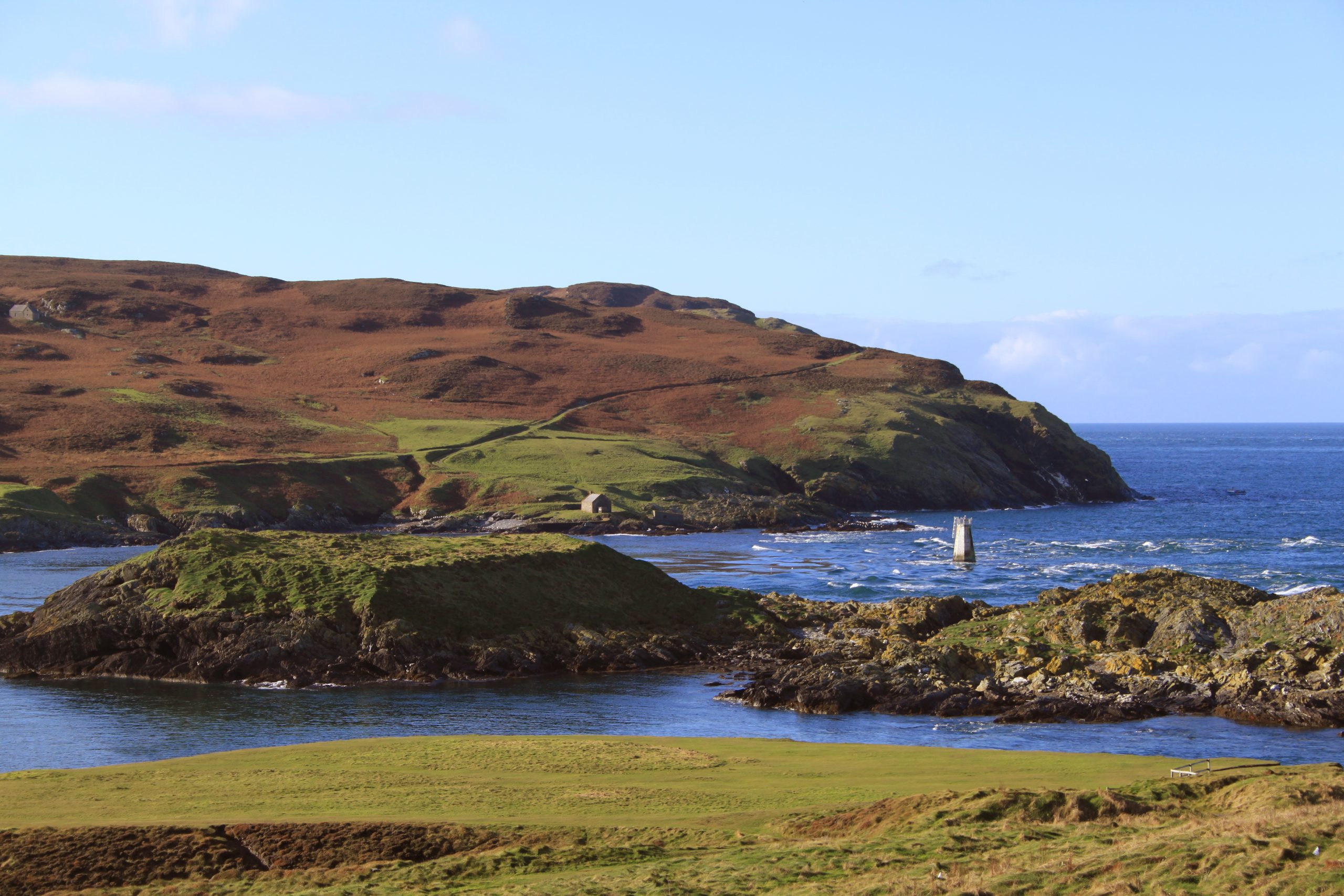
The family’s technical achievements — particularly Robert’s rotating oil lamps backed by reflectors and intermittent flashing lights — influenced construction worldwide. Robert’s system of dovetailing rocks was developed by James Douglass at Les Hanois, Guernsey, to become the standard method.
Exquisite houses, the beauty of Nature, and how to get the most from your life, straight to your inbox.
The lonely life of the lighthouse keeper is no more — David Jnr’s Fair Isle South was the last to be automated, in 1998 — but it is possible to stay in a handful of Stevenson towers today. See nlb.org.uk to find out more.
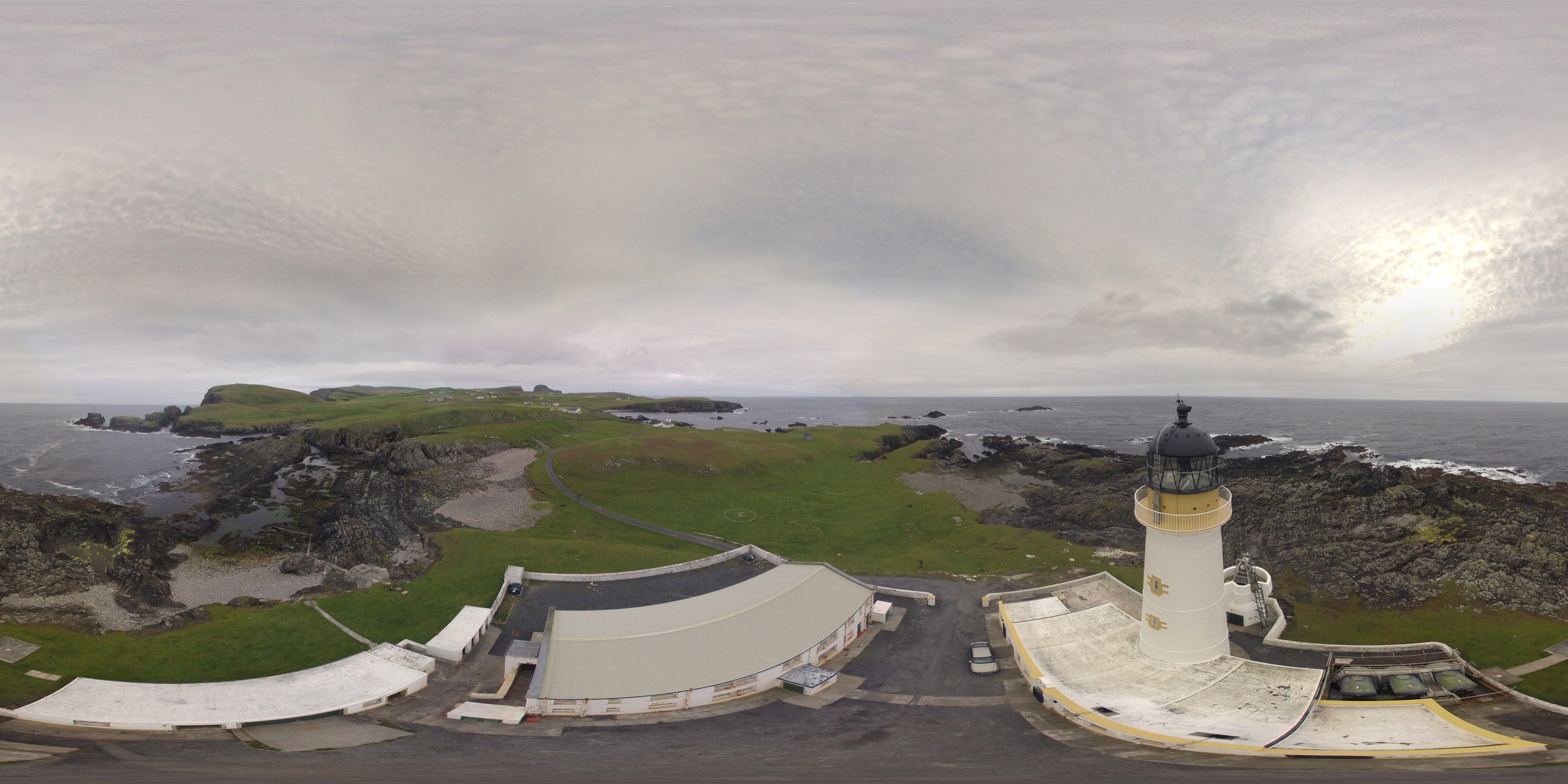
Octavia, Country Life's Chief Sub Editor, began her career aged six when she corrected the grammar on a fish-and-chip sign at a country fair. With a degree in History of Art and English from St Andrews University, she ventured to London with trepidation, but swiftly found her spiritual home at Country Life. She ran away to San Francisco in California in 2013, but returned in 2018 and has settled in West Sussex with her miniature poodle Tiffin. Octavia also writes for The Field and Horse & Hound and is never happier than on a horse behind hounds.
